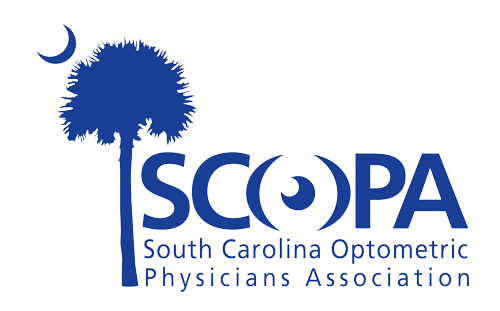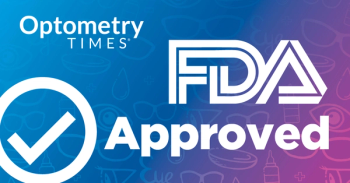
SCOPA: Treating anterior segment disease with amniotic membranes

Ashley Tucker, OD, FAAO, FSLS, Dipl ABO, shares highlights from her presentation on amniotic membrane treatment for anterior segment disease during the South Carolina Optometric Physicians Association’s annual meeting.
Optometry Times®' Alex Delaney-Gesing speaks with Ashley Tucker, OD, FAAO, FSLS, Dipl ABO, a therapeutic optometrist at the Contact Lens Institute of Houston and Bellaire Family Eye Care in Bellaire, Texas, on highlights from her discussion titled, "Amniotic membranes treatment for anterior segment disease," which she presented during this year's 115th annual South Carolina Optometric Physicians Association’s 115th annual meeting in Hilton Head, South Carolina.
Editor's note: The following transcription has been lightly edited for clarity.
Could you share a highlights version of your presentation?
Not many people know that a mother's placenta can be repurposed into something called an amniotic membrane … so the amniotic membrane is just a portion of the placenta. But it can be utilized as a therapeutic contact lens to heal many anterior segment conditions like corneal ulcers, dry eye disease (DED), and recurrent corneal erosions.
Why is this such an important topic of discussion?
Amniotic membranes have been around for a long time, but they're very underutilized in our profession. Ophthalmology tends to use them a little bit more than optometry, but they truly have changed the way I practice.
They've allowed for me to build more rapport with my patients and loyalty with my patients, because it's a piece of optometry that many people just don't realize that they can put into mainstream practice pretty much everyday practice.
What would be the key takeaways that you'd like attendees to learn?
Amniotic membranes can be utilized in all aspects of optometry. Many people don't realize we can use them in a lot of our emergency care like healing corneal ulcers, recurrent corneal erosions, and they can even be utilized in direct syndrome management.
Newsletter
Want more insights like this? Subscribe to Optometry Times and get clinical pearls and practice tips delivered straight to your inbox.













































.png)


